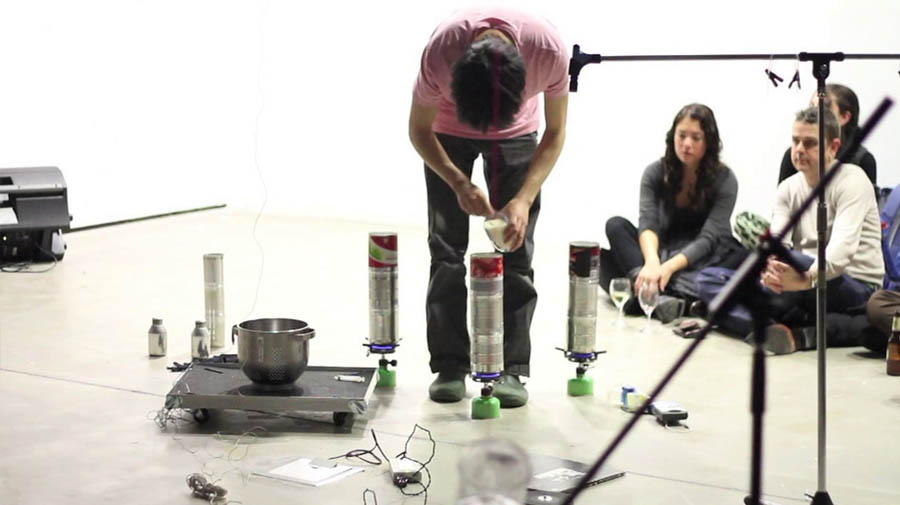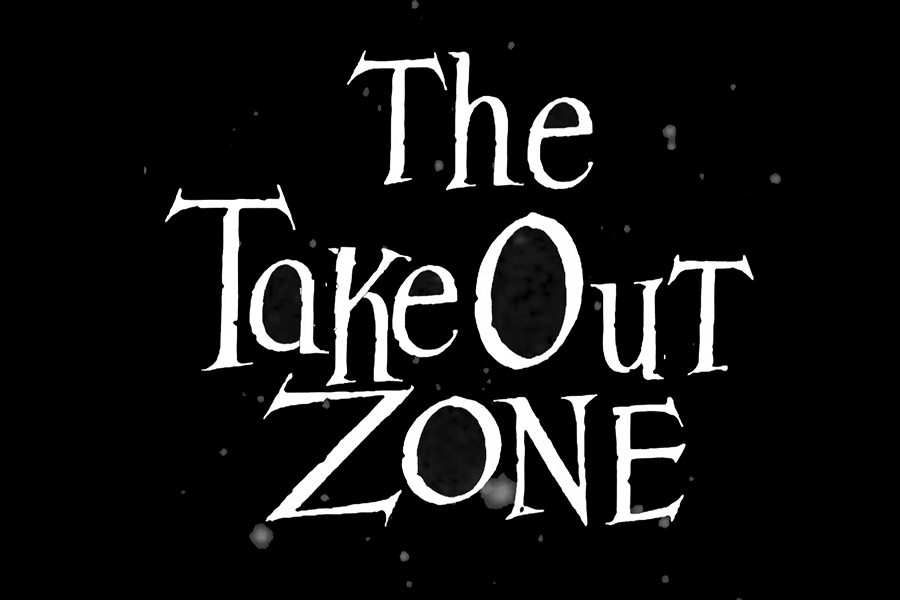
 Many do not realize it, but Los Angeles can call itself home to one of the largest theatre communities in the world. Well over 400 different small playhouses, ensembles, repertories and the festivals create thousands of plays each year—including hundreds and hundreds of premieres. It lacks the fame and glamour of Broadway. Perhaps the reason lies in massive movie-making industry next door. That may explain why the two year struggle between theatres and the stage actor’s union—Actors Equity Association—wages almost unnoticed.
Many do not realize it, but Los Angeles can call itself home to one of the largest theatre communities in the world. Well over 400 different small playhouses, ensembles, repertories and the festivals create thousands of plays each year—including hundreds and hundreds of premieres. It lacks the fame and glamour of Broadway. Perhaps the reason lies in massive movie-making industry next door. That may explain why the two year struggle between theatres and the stage actor’s union—Actors Equity Association—wages almost unnoticed.
It remains no less bitter, however, and the most recent decision by Judge Terry Hatter dismissing the concerns of local theatres marks only one battle. The war seems far from over.
At the heart of the issue lies two radically different viewpoints. AEA, headquartered in New York, claims to desire a standard to insure all stage actors working in the United States receive the same compensation and protection for their labor. Locals, using the motto/rallying cry I Heart 99 as the unofficial name of their movement, see the union as out of touch with the realities of the Los Angeles theatre scene. Former SAG (Screen Actors Guild) President Ed Asner as well as actors Ed Harris (Westworld), French Stewart (3rd Rock from the Sun), and Amy Madigan (Field of Dreams) were the plaintiffs in a recent lawsuit, dismissed by District Judge Terry Hatter “without prejudice.” This means the plaintiffs can sue again if they so choose.
The so-called 99-Seat Plan, which the Plaintiffs seek to preserve and Equity wants to scrap, arose out of a lawsuit in the 1980s, a lawsuit stemming from a decision by local Equity officials back in 1972. The vast majority of LA theatres are small, less than 100 seats, which limits their income potential. Many are in fact run and operated by actors themselves. In 1972 a kind of waiver was approved for smaller theatres, allowing actors who belonged to Equity to waive the full payment to which they were legally entitled under certain specific conditions. Within a decade and a half, the national leadership sought to abolish this practice. That debated ended up in court, with local theatre producers/actors winning approval of a basic version of what they had already established.
Such waivers and special circumstances are far from unique. For example, Equity contracts clearly do not call for the same pay scale in regards Broadway musicals as they do small showcases in relatively remote towns.
Los Angeles, of course, remains one of the major cities in the entire country.
Under the 99-Seat Plan, a strong fistful of smaller theatres have gone on to win national acclaim—such as the Fountain, the City Garage in Santa Monica, Sacred Fools (who until recently had a home just north of Koreatown), plus the Odyssey Theatre Ensemble on Sepulveda.
As of 2014 however, Equity openly acted to abolish the 99-Seat Plan in Los Angeles once and for all. Many officials of the Union began by asking local members about current conditions. What many actors present at these meetings affirmed was one overwhelming complaint—namely some theatres ignoring the safety rules which are part of any production in which any Equity member takes part. Enforce the plan, was the message. Within months Equity announced its solution—end the plan altogether.
What followed was a furor. Amidst the furious complaints by local Equity members, the Union held a local referendum on the question. The vote came in over 75% in favor of keeping the Plan. Equity went ahead and announced the end of the Plan anyway, which did nothing at all to calm the local anger and hurt.
December 2016 was the target date for the new plan to come into effect. Described as a way to manage the transition, many pointed out almost immediately its impact seemed to starve out any resistance. For example, Equity proposed new rules would not apply to so-called membership theatre companies—ones literally operated by (as the name suggests) actors who form a membership. However, Equity will not allow new members to these companies, at least not at the old rates. Nor will it accept members who joined after a date that had already passed.
Maybe ironically, given how Los Angeleno actors portray events, AEA President Kate Shindle described her response to the controversy. “One of the first things I did,” she said, “was go out there and sit with a number of people (and our Executive Director, Mary [McColl]), and just talk about what our members actually need. Because I think lost in the passion out in Los Angeles was the fact that our members are looking for certain things and people who produce these shows are looking for different things. And everybody united which is good and I’m sure was really exciting and it was nice to see their passion but, at a certain point, you have to say: Okay. What do our members really want? And how can we talk to them about how to make that work?”
Of course lawyers for the Plaintiffs put it differently. Unlike New York, Los Angeles has very few medium sized or larger theatres but a plethora of smaller ones that barely survive. By adding to the cost of production, Equity’s changes simply mean fewer productions and actors working less, albeit when they do they will make more.
Practically speaking, what does this mean?
Consider a theatre company planning to put on a Shakespeare play. If done well, this would seem a relatively safe bet. Look at the number of such productions in Los Angeles each year! In 2016 alone close to a dozen such were made, from The Tempest to Othello and Macbeth to Richard III and A Midsummer Night’s Dream. Someone even put on Cymbeline! Works in public domain (i.e. no royalties to be paid, which can easily run $30 a performance) and tons of free publicity simply because everyone knows Shakespeare.
But they still have to pay rent (and insurance, sometimes security) for a venue. You can count on playing a minimum of $900 a week for that, which in four weeks means at least three and a half thousand dollars. If you are very very lucky indeed, rent for rehearsal space will only be about half that. So already close to seven thousand dollars, not counting making postcards and programs, getting costumes and designers, or paying for somewhere to hold auditions as well as publicity even for holding auditions, much less the production!
Are there companies that manage this? Yes! Beyond doubt. But most of those doing such receive grants (pointless to even apply without three, preferably five, solid years of production) or have patrons offering regular contributions. Again, this takes time.
Now add the difficulty of Equity rules. Equity actors now must receive over $10 per hour, nor can they do anything at all other than act. If they move props, sweep a floor, help move costumes—this violates Equity rules. At least in theory, this can shut the production down.
What happens? Equity actors don’t get hired, save for the really small (circa 50 seat) non-profit theatres (the 99-Seat Plan always applied to Non-Profits). The reality of getting work means actors have little incentive to seek to join the union, because it means they won’t be cast.
Defenders of Equity state their belief medium-sized theatres (of which nearly none exist at present) will rise. No one seems to offer any reasoning to explain how that will happen, but it remains possible.
Meanwhile, those defending the 99-Seat Plan vow to weigh their legal options. Actor and Producer Gary Grossman said “Our goals have not changed. While the Union may hope that the judge’s decision will spell the end of Los Angeles’ unique intimate theater experiment and force the closing of a majority of the city’s non-profit 99-seat theaters, we intend to continue our fight.”











